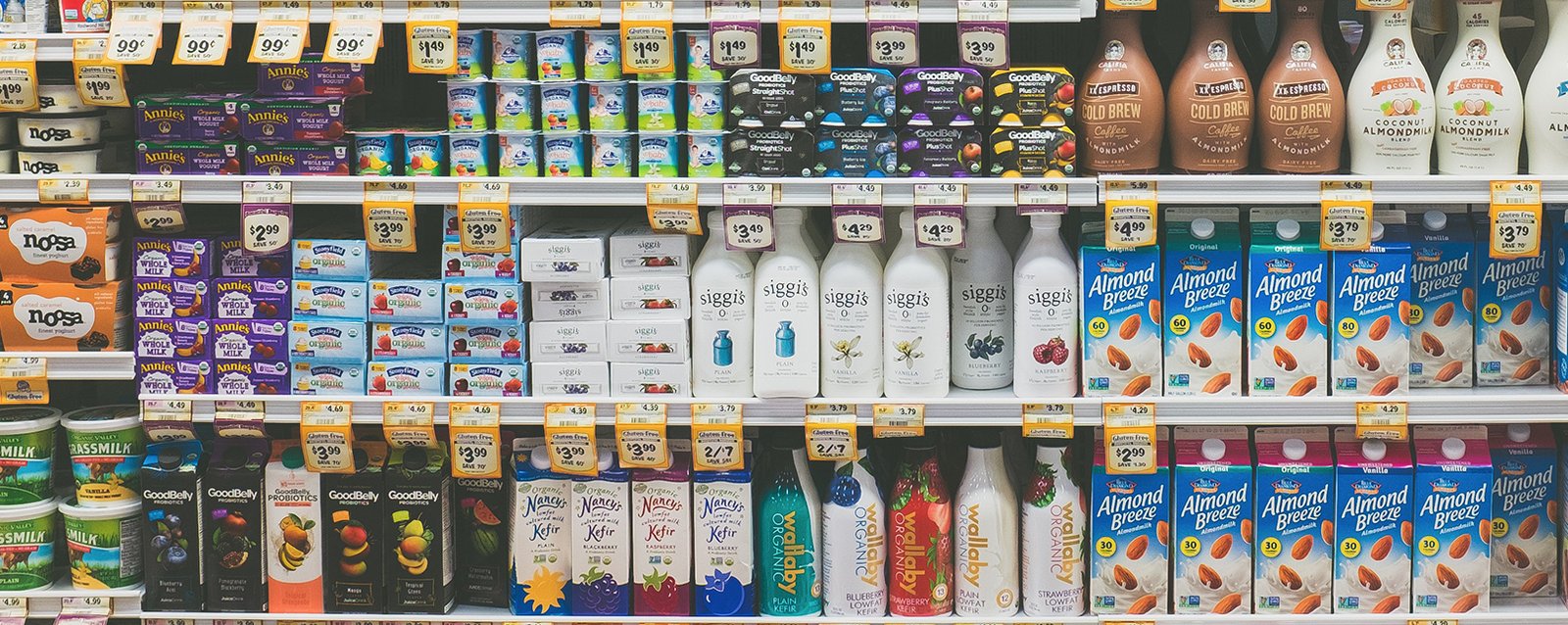
Why Shelf Impact Matters
In today’s competitive retail environment, consumers are bombarded with hundreds of options at every aisle. Amid this clutter, how do you make your product the one that catches the eye and ends up in the cart? The answer lies in retail packaging with free shipping in USA.
Packaging is more than protection—it’s your silent salesperson. Whether you’re in cosmetics, food, electronics, or apparel, your retail packaging needs to instantly grab attention, communicate value, and trigger purchase decisions.
Let’s explore proven tips to ensure your packaging makes a strong statement on any shelf.
1. Know Your Target Audience
The foundation of impactful retail packaging lies in understanding who you’re speaking to.
-
Is your audience eco-conscious millennials? Use kraft packaging with minimalist design.
-
Selling to kids? Bright colors, bold characters, and playful fonts matter.
-
Luxury buyers? Opt for rigid boxes, metallic accents, and matte finishes.
Tailoring packaging to your audience’s tastes and values creates an instant connection.
2. Use Bold and Memorable Colors
Color psychology plays a huge role in retail packaging. The right palette can:
-
Grab attention from across the aisle
-
Evoke emotional responses
-
Reflect your brand personality
Green = eco-friendly, organic
Red = energy, excitement, urgency
Blue = trust, calm, professionalism
Black & Gold = premium, luxurious
Pro tip: Contrast your packaging colors with those typically used in your product category for extra pop.
3. Prioritize Readability and Hierarchy
When shoppers glance at a shelf, they scan quickly. Make it easy for them to understand:
-
What the product is
-
What makes it different
-
Why they should care
Use clear fonts, strong headlines, and a logical layout of information. Your brand name, product name, and unique value (e.g., “100% Organic” or “Sugar-Free”) should be the focal points.
4. Play with Shape and Structure
Shelf presence isn’t just visual—it’s also physical. A unique box shape or unexpected structure can stop someone in their tracks.
Popular structural ideas:
-
Hexagon, cylinder, or triangular boxes
-
Slide-out drawer boxes
-
Window cut-outs to preview the product
Creative structures add curiosity and elevate perceived value—without saying a word.
5. Use Texture and Finishes for Tactile Appeal
Shoppers often touch products before buying. Packaging that feels premium can influence perception and pricing.
Try incorporating:
-
Soft-touch matte lamination
-
Embossing/debossing
-
Spot UV gloss
-
Foil stamping (gold, silver, rose)
These tactile elements subconsciously suggest higher quality.
6. Incorporate Brand Storytelling
People connect with stories, not just products. Use your packaging to share a piece of your brand:
-
A short message on the inside flap
-
A tagline that reflects your mission
-
Illustrations that represent your heritage
A quick story can transform a transactional purchase into an emotional one.
7. Highlight Key Benefits and Certifications
In categories like food, cosmetics, or supplements, consumers often look for specific values:
-
“Vegan”
-
“Gluten-Free”
-
“Cruelty-Free”
-
“Made in USA”
-
“BPA-Free”
Use trust badges, icons, and clear messaging to spotlight what matters most to your audience.
8. Make It Instagrammable
We live in a visual-first world. If your packaging is photo-worthy, customers will share it—giving you free marketing.
Add design touches that encourage sharing:
-
Trendy illustrations or typography
-
Unique unboxing experience
-
QR codes leading to giveaways or AR content
Packaging that looks great on social media boosts brand exposure far beyond the shelf.
9. Consider Sustainability
Sustainable packaging is no longer optional—it’s expected. Use eco-friendly materials and proudly display your green credentials.
Some eco-forward options:
-
Recycled cardboard or kraft paper
-
Plant-based inks
-
Minimal, zero-waste design
Being sustainable enhances trust and future-proofs your brand.
10. Test, Tweak, and Evolve
Don’t just guess what works—test different packaging designs in small batches. Gather feedback from retailers and customers, then refine based on results.
Retail packaging trends change. What worked last year might feel outdated now. Stay open to seasonal updates, limited-edition themes, or design refreshes.
Conclusion: Make Your Packaging Work Harder
When it comes to retail success, packaging isn’t just decoration—it’s strategy in 3D form.
By blending design, structure, storytelling, and usability, you can create packaging that doesn’t just stand on shelves—it stands out. With the right approach, your box or bag becomes your brand’s first handshake, delivering a lasting impression from the very first glance.

